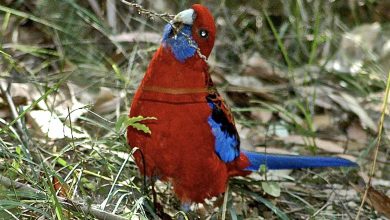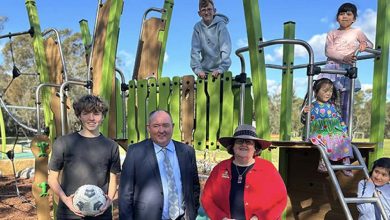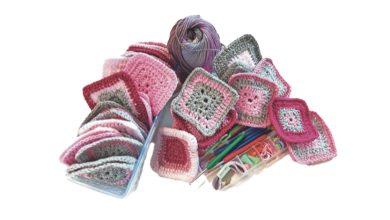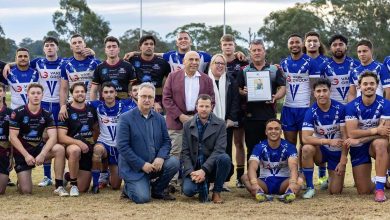Are we Changing to Synthetic Fields for the Right Reasons?
A new peer reviewed study has challenged the validity of many council and regional sports strategies which have led to the recent proliferation of synthetic fields across Sydney.
The study was completed by soil scientist, Dr Mick Battam, who said that the study of usage across 1157 playing fields in 24 LGAs across the Sydney basin was conclusive. “The evidence is crystal clear that many councils are justifying installing expensive synthetic fields based on flawed usage data,” he said.
The common approach of many sport strategies is to use booked hours to assess sports field usage and calculate future need on the assumption that natural turf can only handle 25 hours per week of use. This incorrect 25-hour limit is then used to the determine the number of fields that are ‘overused’. The study also highlighted that natural turf fields can have large differences in carrying capacity depending on site characteristics (soil, turf type, microclimate, drainage, etc.).
Therefore, there is no scientific basis to rely on the 25-hour number to describe the carrying capacity of all natural turf fields.
Dr Battam found the reason many natural turf fields struggled is because of poor construction and/or maintenance practices. Practices such not applying enough fertiliser, not controlling weeds, or rebuilding a field using a cheap turf variety that laid on hard-setting soil are bound to lead to failure.
“The key issues holding natural turf sporting fields are a lack of knowledge to correctly identify the causes of poor turf performance and lack of funding to address them”, said Dr Battam. “One of the most intensely used fields in Sydney does not even have an automatic irrigation system (~$150,000) even though this council has spent more than $10 million dollars installing synthetic fields” he said.
Jenny Zadro, market development manager for Turf Australia says the findings add further weight to the arguments against the need for synthetic turf. “The risks and dangers surrounding synthetic turf are well established and this study effectively demolishes the myth that natural turf cannot handle the workload.
Modern natural turf fields that are properly built and maintained, using sound soil science and suitable turf varieties, can give councils what they need without the massive financial costs and environmental damage”.
Further information and a copy of the full report can be found at agenviro.com or turfaustralia.com.au











